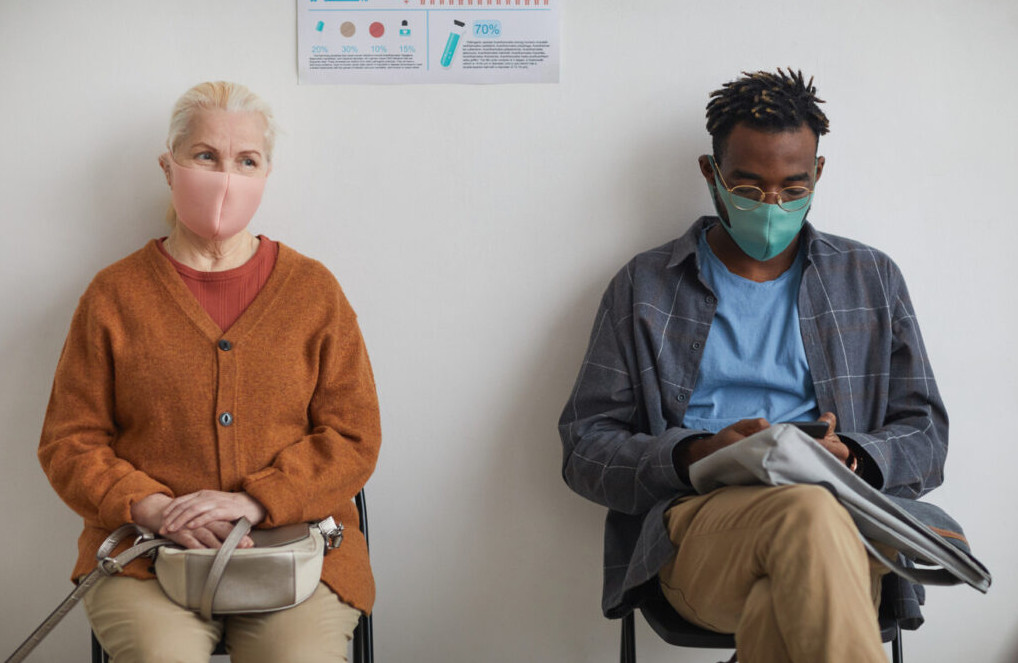Medical schools still teach students how to treat patients under a fee-based service model. If our society is ever going to improve our healthcare system and make it patient-focused rather than money-focused, the first change must start in the classroom.
Medical students and residents need to learn about transformative primary care and the benefits of a value-based care model versus a fee-based care model. Then we can start seeing new primary care practices that begin as value-based rather than needing to be converted into it.
Focus on Preventative Care
So many people are sick in the United States because medical students are taught to intervene rather than prevent when it comes to treating patients. In other words, doctors don’t focus on social determinants or lifestyle choices when learning about a patient’s health problems. Instead, the patient tells the doctor about their symptoms and the doctor prescribes medication to treat the symptoms. Sadly, the underlying health problem never gets addressed.
But if medical schools taught students to focus more on preventative care, it would be much more effective in helping patients overcome their diseases and health challenges. Their doctors could guide them in changing their behavior and lifestyle habits to improve their overall health rather than just the symptoms.
Learning about a patient’s social determinants of health will go a long way in their preventative care. If medical students could integrate this concept into their future healthcare practices, the patients would see a much better outcome in their health.
Hands-on Clinical Training
Medical schools may talk about value-based care to some extent, but they don’t emphasize its importance enough. That is why students and residents are expected to treat patients under the fee-based service model, where value-based care is not applied.
For this reason, a student’s hands-on clinical training must incorporate value-based care. After that, they can take this knowledge and bring it into their real-world medical practice once they graduate.
So what would the hands-on clinical training be like with a value-based approach? One idea is to set up a panel of patients and have the medical students and residents establish a relationship with them. It will give students the experience of talking to patients personally and getting to know their social determinants of health.
More specifically, the students can compare the individual costs of routine medical testing, procedures, and treatments to the practices of the value-based model. Not only will they find the value-based model has better outcomes for patients, but its treatment methods are much more affordable for the patients and doctors. If students can learn this before graduation, they will bring this knowledge into their practices and change the state of primary care in America forever.
Teach Medical Trainees About the Business Model of Healthcare
Medical students and residents need to understand the true business model of the healthcare system. After all, hospitals and medical practices in America are businesses just like any other business. But medical schools don’t teach much about the business side of the healthcare system, even though they prepare students for a fee-based care approach to treatment.
Some critics say the value-based healthcare model would eliminate the business side of the healthcare industry because it doesn’t prioritize money and profits over patient care. However, the truth is that the value-based model can help reduce the costs and expenses of both doctors and patients.
Primary Medical Care Center invites primary care physicians and students to learn how we use the value-based model to treat patients and still run a successful business. Of course, we’d prefer medical schools to provide this education because business and value-based care can be achieved simultaneously.
Our suggestion is for medical schools to talk about every aspect of business in the medical field. They could talk about the business of hospitals, specialty care, outpatient care, rehabilitation care, and value-based care.
Use Metrics and Data to Support Your Claims
One final way to transform the primary-care system into a value-based model is to teach students and residents about using metrics and data to understand a patient’s health status. If they can do this successfully, they can better implement preventative care solutions that address social determinants of health.
Some medical students and residents may not feel comfortable prioritizing preventative care because it wasn’t what they were taught in medical school. But if you can educate students on how metrics and data can help achieve better patient outcomes, they might be more willing to comply.
Integrating change into an educational setting where students have already been taught differently is difficult. But if you can show them proof of how the current healthcare system is failing patients and how value-based care is better, then students might be less resistant to this new change.
Learn More
Would you like to know more about how to educate medical school students and trainees in the value-based model for primary care practices? Contact Primary Medical Care Center at (305) 751-1500.
